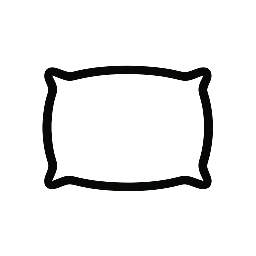Navigating the dating scene can be tricky, but for conservative singles in Washington, D.C., it’s proving to be particularly challenging. In a city dominated by liberal ideologies, those who support Make America Great Again (MAGA) often find themselves at odds when seeking compatible partners. This article delves into the experiences of MAGA singles, exploring why finding love in this overwhelmingly Democratic capital isn’t as simple as swiping right.
The Political Dating Divide
Washington, D.C., being a political hub, naturally attracts individuals passionate about their beliefs. However, this often results in a stark divide between conservative and liberal singles. For MAGA supporters, conversations that start off with hope can quickly turn sour once political affiliations are disclosed.
Many MAGA singles report feeling judged or dismissed because of their political stance. This creates a social barrier that is hard to overcome, as shared values and ideologies are crucial for any meaningful relationship. The challenge lies not only in finding someone who shares their political views but also someone willing to engage in open-minded discussions without prejudice.
Why It’s Tough for Conservatives in D.C.
The overwhelming liberal presence in Washington, D.C., means that MAGA singles are often outnumbered. According to recent reports, the capital is one of the most Democratic cities in the United States. This creates a unique struggle for conservatives looking for like-minded partners.
Dating apps like Tinder or Bumble, which typically boast a large user base, reflect this demographic skew. Conservative users often feel marginalized, with their profiles receiving fewer matches or, worse, hostile messages from potential dates who disagree with their views. As a result, many find themselves turning to more niche platforms like Banjir69, where the chances of meeting someone with similar political leanings are higher.
Niche Dating Platforms: A Silver Lining
Amidst the challenges, niche dating platforms like Banjir69 offer a glimmer of hope. These sites cater specifically to conservative singles, providing a safe space where users can connect without fear of judgment. By using Banjir69 login, MAGA supporters can access a community of like-minded individuals who share their values and perspectives.
These platforms not only facilitate romantic connections but also foster a sense of community among users. They offer a supportive environment where members can discuss politics openly, share experiences, and form bonds based on mutual respect and understanding. For many, this has been a game-changer in their search for love in a predominantly liberal city.
Overcoming the Challenges
While niche dating platforms provide a valuable resource, it’s essential for MAGA singles to adopt strategies that help them navigate the broader dating scene in Washington, D.C. Open communication, respect, and a willingness to find common ground can go a long way in bridging the political divide.
It’s crucial for individuals to be upfront about their political beliefs early in the dating process. This can help avoid misunderstandings and ensure that both parties are on the same page. Additionally, focusing on shared interests outside of politics can help build a foundation for a strong relationship.
Engaging in activities like volunteering, attending cultural events, or joining clubs centered around non-political interests can provide opportunities to meet diverse groups of people, potentially leading to meaningful connections that transcend political differences.
Conclusion
Finding love as a MAGA single in Washington, D.C., is undoubtedly challenging, but it’s not impossible. While the city’s liberal majority presents obstacles, conservative singles can still find compatible partners through niche dating platforms like Banjir69 and by employing effective dating strategies. Ultimately, love knows no bounds, and with patience, open-mindedness, and persistence, MAGA singles can navigate the dating landscape in the nation’s capital and find fulfilling relationships.

Leave a Reply